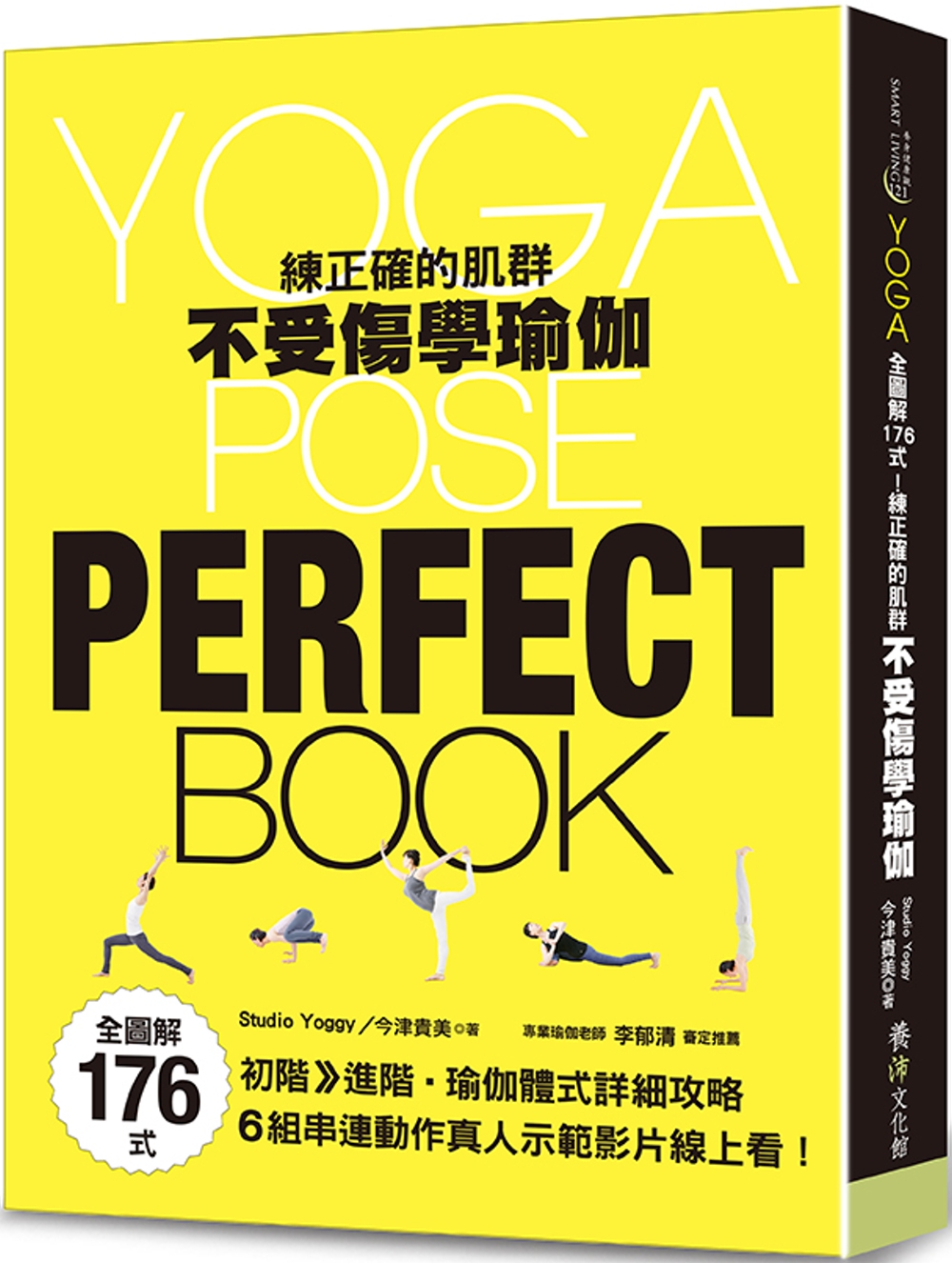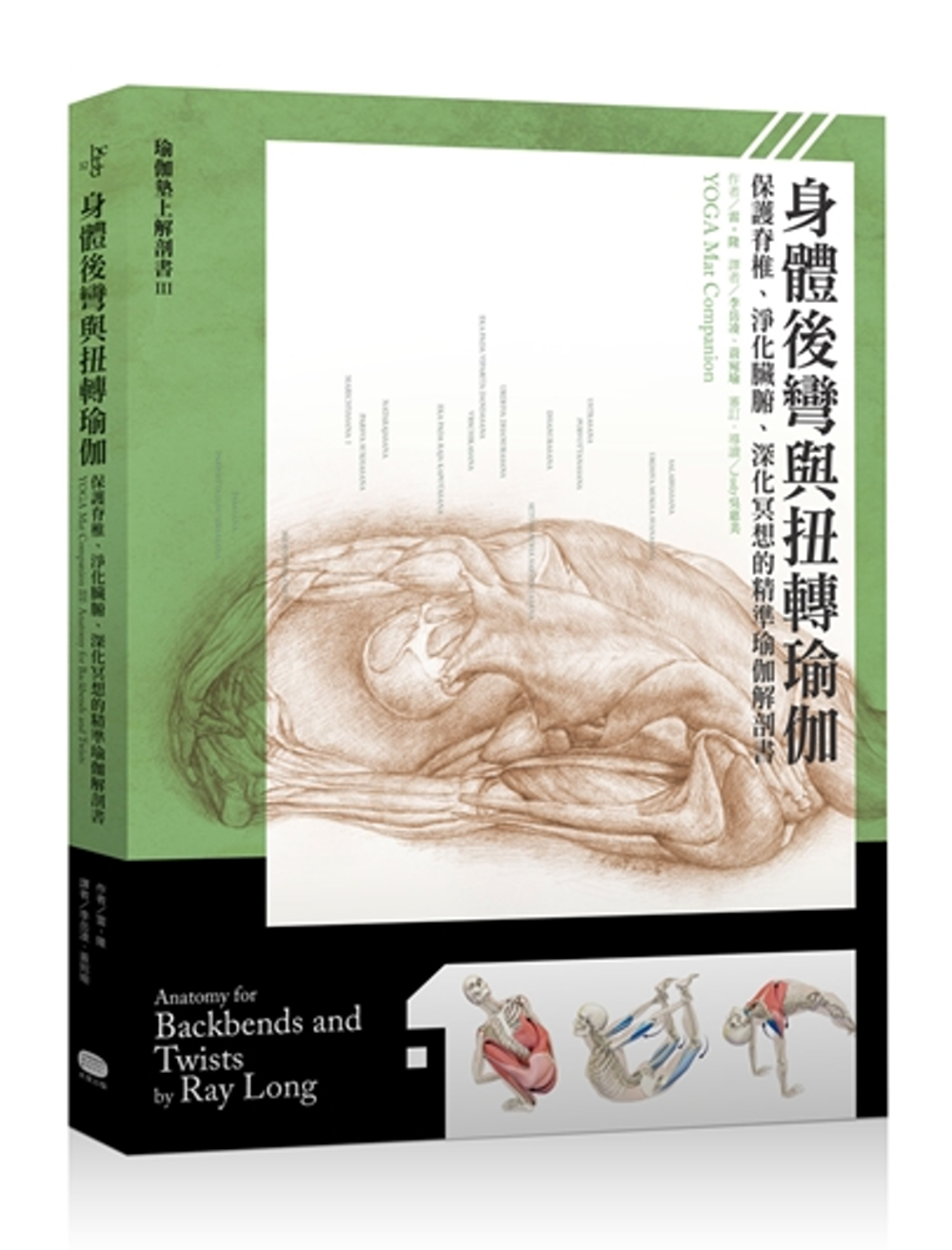移動粒子半隱式方法理論及應用 | 運動資訊第一站 - 2024年11月

移動粒子半隱式方法理論及應用
This book systematically introduces the moving particle semi-implicit (MPS) method and its improvements in the mechanical engineering. The book is composed of six chapters. The first chapter introduces the classification of mesh and meshless methods. The second chapter carefully describes the derivation of the MPS method. Chapter three reviews the different wall boundary conditions used in the MPS method and emphasizes the polygon wall boundary condition that is an important wall boundary condition widely employed in the industry simulations. Chapter four to six introduces the latest enhancements of the polygon wall boundary conditions in the particle number density and the pressure distributions.
The book has clear structure and pays attention to the basic theories and derivations. Many newest research progress of the MPS method are included. The book can be used as the textbook for the postgraduate students in the field of the mechanical engineering, nuclear engineering, naval architecture, ocean engineering and other relative majors. The researchers and engineers can also study the methods in the book to conduct industry simulations.
Chapter 1 Introduction
1.1 Computational fluid dynamics
1.1.1 Grid methods
1.1.2 Mesh-free methods
1.2 Polygon wall boundary condition
Chapter2 MPS method
2.1 Governing equations
2.2 Weight function and discretization models
2.3 Derivation of MPS
2.4 Wall boundary conditions
Chapter 3 Boundary conditions in MPS
3.1 Five types of wall boundary conditions
3.1.1 Dummy particles
3.1.2 Mirror particles
3.1.3 Boundary forces
3.1.4 Unified semi-analytical wall boundary condition
3.1.5 Polygon wall boundary condition
3.2 Initialization of polygon wall boundary condition
3.3 Discretization models of polygon wall boundary condition
3.3.1 Derivation process
3.3.2 Discretization equations
Chapter 4 Improved wall calculation of polygon wall boundary condition
4.1 Problems of polygon wall boundary condition
4.2 Improvement of wall calculations
4.2.1 Illustration of improved method
4.2.2 Calculation of the wall weight function
4.3 Numerical examples
4.3.1 Accuracy of wall weight function at different positions
4.3.2 Classic dam break simulation
4.3.3 Dam break simulation with a wedge in the water tank
4.4 Summary
……
Chapter 5 Boundary particle arrangement technique m polygon wall boundary condition
Chapter 6 Improvement of pressure distribution in polygon wall boundary condition
References
Noun index
 排毒頻譜33式熱瑜伽(附VCD)
排毒頻譜33式熱瑜伽(附VCD) 艾揚格瑜伽修習寶典:大師親授體式精...
艾揚格瑜伽修習寶典:大師親授體式精... 脈輪與拙火瑜伽:瑜伽體式的最上乘密...
脈輪與拙火瑜伽:瑜伽體式的最上乘密... 美女中醫親授‧氣血調養書:減齡祕法...
美女中醫親授‧氣血調養書:減齡祕法... 日日好氣色 讓妳美得久、老得慢、瘦...
日日好氣色 讓妳美得久、老得慢、瘦... 醫學瑜伽 解痛聖經:乾針名醫Dr....
醫學瑜伽 解痛聖經:乾針名醫Dr.... 全圖解176式!練正確的肌群‧不受...
全圖解176式!練正確的肌群‧不受... 喵式瑜伽
喵式瑜伽 身體後彎與扭轉瑜伽:保護脊椎、淨化...
身體後彎與扭轉瑜伽:保護脊椎、淨化... 超療癒!和緩流動伸展的全身瑜伽(附...
超療癒!和緩流動伸展的全身瑜伽(附...